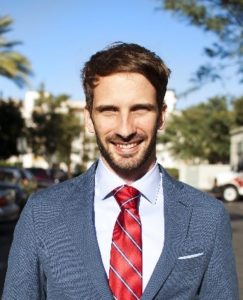In This Issue
Flanigan’s Eco-Logic
Quote of the Week
Community Choice Aggregation in Los Angeles
Best Practices at the Greenest Airports
New Super-Volcanic Source of Lithium
MicroTransit and Uber’s New “Bus” Service
Tandem Solar
FERC and Storage’s Bonanza
Wind Works from Korea to the Atlantic
Congestion Pricing and Flying Taxis
Residential PACE Results
Greening of California Podcast Available
EcoMotion Welcomes New Interns
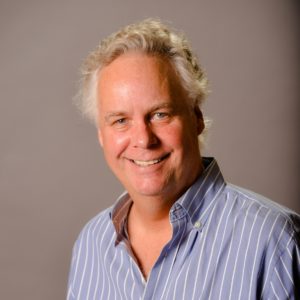
Flanigan‘s Eco-Logic: We’re Saving the World
Do you have a regrettable moments file? I do! It’s virtual and fortunately not too many bytes large.
I’ve regretted stating in the last edition of EcoNet News that Tesla is not saving the world. Wrong. That’s not constructive nor reflective of my truer sentiments. EcoMotion is about the power of the increment. So many of us are saving the world, one step at a time. Elon Musk takes giant steps for us all. His contributions have been and continue to be huge and jaw-dropping. Sure, Teslas are expensive and arguably elitist, but Musk is a beacon of light paving the way for our sustainable future. One of his most creative tactics was recently sending his red roadster into space. Love it and Elon’s blend of tech savvy, marketing brilliance, and play!
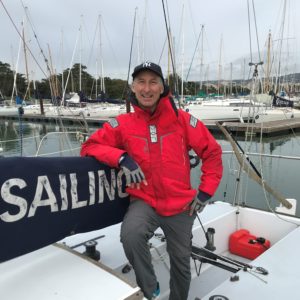
Lucky I am to have many friends and colleagues that are dedicated to saving the earth, and that are models for us all. Balance is key in their lives. Peter Rumsey is an extraordinary engineer, and an extraordinary friend. He’s the founder of Point Energy Innovations, a company that recently tried to promote chairs with built-in heating and cooling… spot conditioning. But back to balance on a sunny Sunday in the Bay Area. Peter is not a seasoned sailor, but it’s his new passion. He envisions renting sailboats around the world, even an Atlantic crossing. So, he’s enrolled in the OCSC Sailing School in Berkeley. And he needed crew. That’s me.
Strict are his instructors; I witness the required checklist before my skipper is able to take out one of the schools J24’s. Like flight school, Peter’s getting hours. By day he’s a leading building engineer. He’s the Net Zero Integrator at San Francisco Airport and he teaches at Stanford. We’re happy to have hours of “windshield time” alone together, catching up on everything from sustainable refrigerants to our kids and sustainable happiness. We dig the time together cruising out to Alcatraz, then around Angel Island.

A week later I pick up my bud and former Rocky Mountain Institute employee David Houghton at the Van Nuys airport. He’s down from San Luis Obispo to work on a solar job we’re doing. It’s less than an hour in his plane. The skies looked ominous to me but Dave casually throws his mandolin and overnight bag in the back of the Bolt, and we’re off to Glendale. So how was the flight I asked?
Dave casually recounts his call to the flight tower seeking permission to drop altitude as his wings were icing up. “That can bring down a plane,” Dave mentions nonchalantly. But permission was granted and he adjusted accordingly, going through clouds and relying on his plane’s instruments. He loves to vacation with his family and plane… and aspires to fly commercially. An extraordinary engineer… deep in his field, confident and driven, thriving with his family in San Luis Obispo, and teaching at CalPoly Pomona. He’s got balance.
This week’s lead article is about the Los Angeles Clean Choice Energy delivering power for the first time on February 1st. A big milestone is achieved. This doesn’t happen without considerable effort, and I was pleased to meet with Gary Gero that very morning. He’s a friend who’s worked hard and deserves recognition.

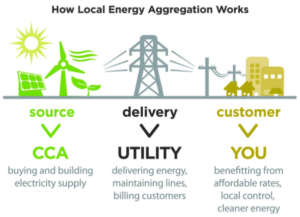

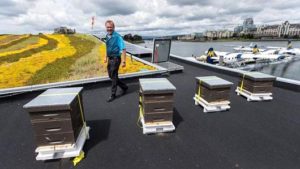

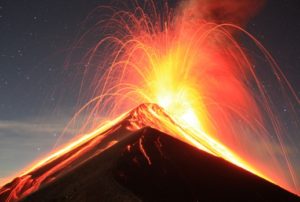
 The Los Angeles Metropolitan Transportation Authority’s Office of Extraordinary Innovation is requesting that the private sector partner with Metro to offer microtransit options for riders. Unlike a standard bus service, Metro’s MicroTransit Pilot Project is an alternative to fixed-route system. Metro studied similar projects in Kansas City, Santa Clara, and Alameda.
The Los Angeles Metropolitan Transportation Authority’s Office of Extraordinary Innovation is requesting that the private sector partner with Metro to offer microtransit options for riders. Unlike a standard bus service, Metro’s MicroTransit Pilot Project is an alternative to fixed-route system. Metro studied similar projects in Kansas City, Santa Clara, and Alameda.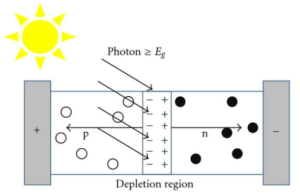
 Did you know that the Winter Olympics in PyeongChang, South Korea were entirely powered by the wind? PyeongChang is located in the Taebaek Mountains, notorious for cold, harsh winds, that roar southeast from continental Asia. The region is known for the testy wind that made the downhill and giant slalom events a bit dicey. That wind provided a sustainable source for the games’ power.
Did you know that the Winter Olympics in PyeongChang, South Korea were entirely powered by the wind? PyeongChang is located in the Taebaek Mountains, notorious for cold, harsh winds, that roar southeast from continental Asia. The region is known for the testy wind that made the downhill and giant slalom events a bit dicey. That wind provided a sustainable source for the games’ power.

